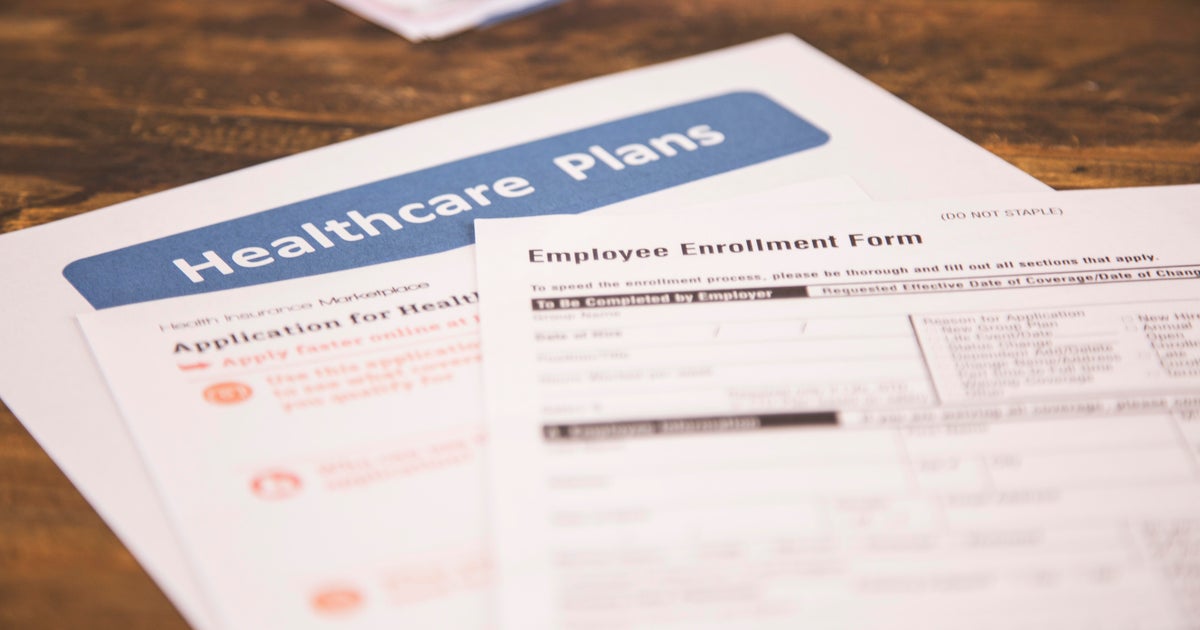As open enrollment season approaches for millions of American workers, many are bracing for a significant hike in health insurance premiums for 2026. According to a new analysis from consulting firm Mercer, employees with employer-sponsored health plans could see costs rise by 6% to 7%, outpacing the current inflation rate by more than double. This increase comes at a time when households are already grappling with elevated prices for essentials like groceries and housing.
The projections, based on a survey of over 1,700 employers, indicate that workers might pay around $2,400 annually for single coverage in a preferred provider organization, or PPO, the most prevalent type of plan. For families, the deduction could reach $8,900 per year, Mercer reported. These figures highlight the growing burden on employees, who typically cover 16% to 25% of total premiums, depending on their coverage type, as detailed in the Kaiser Family Foundation's 2024 employer health benefits survey.
More than 164.7 million people, or about 60% of working-age Americans, rely on employer-provided health insurance, making it the largest source of coverage in the nation, according to KFF data. Employers themselves are expected to bear the brunt of the costs, shelling out more than $18,000 on average per worker in 2026, Mercer told CBS News. This escalation is driven by several factors, including an aging workforce increasingly utilizing medical services and a surge in demand for expensive treatments like GLP-1 drugs for weight loss.
Sunit Patel, Mercer's chief actuary, pointed to these pressures in explaining the trend. "We think costs are pretty sticky right now," he said, citing higher provider wages, inflation in medical goods, and the needs of an older population as ongoing issues unlikely to abate soon.
Beyond premium increases, employees may face additional financial hits through changes in plan designs. Beth Umland, director of research for health and benefits at Mercer, warned that cost-sharing provisions could also rise. "Employees might also see an increase in the cost-sharing provisions in the design as well — higher co-pays, higher deductibles — so it's getting hit on both ends," she told CBS News.
Open enrollment, the period when workers can select or adjust their benefits, typically occurs over several weeks in the fall, though exact timing varies by employer. This year's sessions are set against a backdrop of broader economic strains, with inflation ticking up. Economists polled by FactSet anticipate the Consumer Price Index rose 3.1% annually in September, an increase from August's 2.9%, with official data due on October 24.
The U.S. health care system stands out globally for its high costs and relatively poor outcomes. Americans pay roughly double what residents in other developed countries do for health care, despite worse results, according to an August analysis by the Peter G. Peterson Foundation. The foundation attributed this partly to the system's complexity, while a December report from the U.S. Government Accountability Office highlighted growing consolidation among health insurers, which has reduced competition and driven up prices.
"You can't really go without health care, so something else will have to give," said Lindsay Owens, executive director of the Groundwork Collaborative, a progressive economic think tank. She suggested families might cut back on vacations, outings like soccer games, or even resort to credit cards for groceries to cover premiums.
A July poll by KFF revealed that 4 in 10 insured adults under 65 worry about affording their monthly health insurance payments. This anxiety is compounded by persistent inflation in everyday expenses, from utilities to rent, leaving little room in budgets for unexpected medical cost hikes.
Mercer's findings underscore a long-term challenge in the American workplace, where health benefits remain a critical but increasingly expensive perk. The survey's broad sample of employers provides a snapshot of trends across industries, reflecting how companies are responding to rising medical claims and pharmaceutical demands. Patel noted that the popularity of GLP-1 medications, such as those used for diabetes and weight management, has added to the cost pressures, as more employees seek these treatments.
While the Mercer analysis focuses on employer-sponsored plans, it aligns with broader critiques of the U.S. health care landscape. The Peterson Foundation's report emphasized how administrative complexities contribute to inflated prices, with layers of bureaucracy that don't exist to the same extent in peer nations. Similarly, the GAO's examination of insurer mergers pointed to diminished bargaining power for consumers and employers alike.
Experts like Owens argue that these increases could exacerbate inequality, particularly for lower- and middle-income families already stretched thin. "Higher health care costs could add to the financial squeeze felt by many families, who are already coping with higher grocery, utility and housing prices," she said. In contrast, some industry observers might view the hikes as necessary adjustments to cover legitimate rises in service delivery costs, though no direct counterpoints were detailed in the available reports.
Looking ahead, workers will need to navigate these changes during open enrollment, weighing options like high-deductible plans that might offer lower premiums but higher out-of-pocket expenses. Mercer's Umland advised employees to carefully review plan details, as subtle shifts in co-pays or deductibles could significantly impact overall spending.
The broader implications extend to the economy at large, potentially influencing consumer spending and savings rates. With inflation data for September impending, any confirmation of rising prices could amplify concerns about affordability. As Patel indicated, the "sticky" nature of health costs suggests no quick relief, prompting calls for policy reforms to address systemic issues like insurer consolidation and workforce demographics.
In the meantime, millions of Americans will soon receive their personalized cost breakdowns from employers, marking the start of decisions that could shape household finances well into 2026. As the debate over health care affordability continues, these premium jumps serve as a stark reminder of the challenges in balancing coverage with economic realities.
